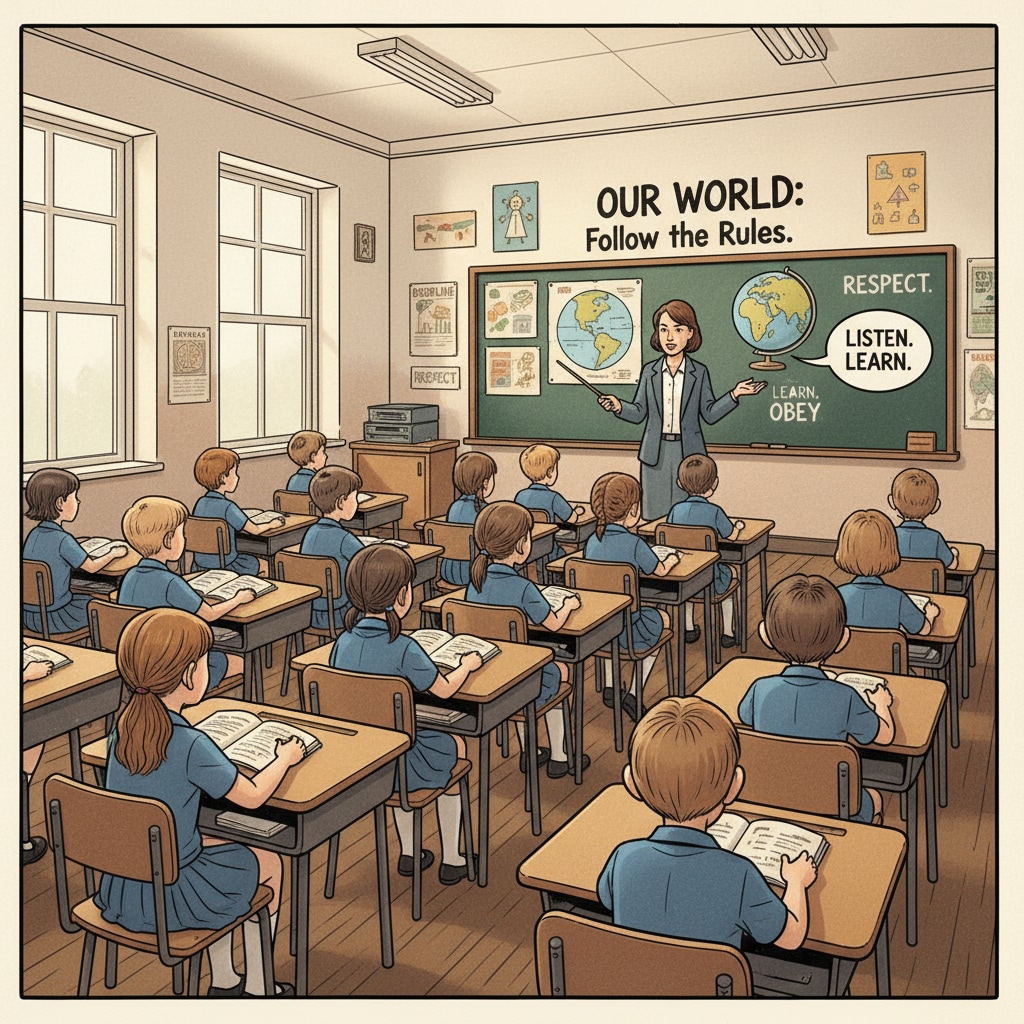The school system, obedience, curiosity, and obsolescence are intertwined in a complex web that is currently affecting the quality of education. In today’s modern education landscape, there is a growing concern about the significant disconnect between what schools are offering and the real learning needs of students. The overemphasis on obedience and standardized approaches is gradually killing the natural curiosity that children possess.

The Obedience – Centric School Model
The current school system often places a high value on obedience. Students are expected to sit still, raise their hands, and follow a set of rules. This model, although intended to maintain order, has some drawbacks. For example, in many classrooms, students are discouraged from asking too many questions or expressing unconventional ideas. According to Education reform on Wikipedia, this obedience – centric approach can limit students’ ability to think independently.
In addition, standardized testing has become a cornerstone of the modern education system. These tests measure students’ knowledge based on a set curriculum, leaving little room for creativity or exploration. As a result, students are more focused on memorizing facts to perform well on tests rather than truly understanding and engaging with the material.
The Vanishing Curiosity
Curiosity is the driving force behind learning. However, the current school environment is not always conducive to nurturing it. Children enter school full of questions about the world around them, but as they progress through the system, their curiosity often fades. The rigid schedules, large class sizes, and pressure to conform can all contribute to this decline.
For instance, a child who shows a keen interest in a particular topic may not have the opportunity to explore it deeply within the framework of the standard curriculum. Instead, they are pushed to cover a wide range of subjects superficially. This lack of in – depth exploration can lead to a loss of enthusiasm and curiosity. Education on Britannica also points out that an environment that does not encourage curiosity can hinder a child’s long – term learning and development.

To address this educational dilemma, it is crucial to reconstruct K12 education. We need to create a learning environment that fosters curiosity, encourages independent thinking, and values creativity. This could involve implementing project – based learning, where students can explore topics that interest them and develop problem – solving skills. Additionally, reducing the emphasis on standardized testing and focusing more on individualized learning plans can help students regain their love for learning.
Readability guidance: The paragraphs above use short and clear sentences to convey the main ideas. The H2 headings break down the content into manageable sections. Lists could be further incorporated to summarize key points more effectively. The use of transition words like ‘however’, ‘in addition’, and ‘for example’ helps to make the flow of the text more coherent.


